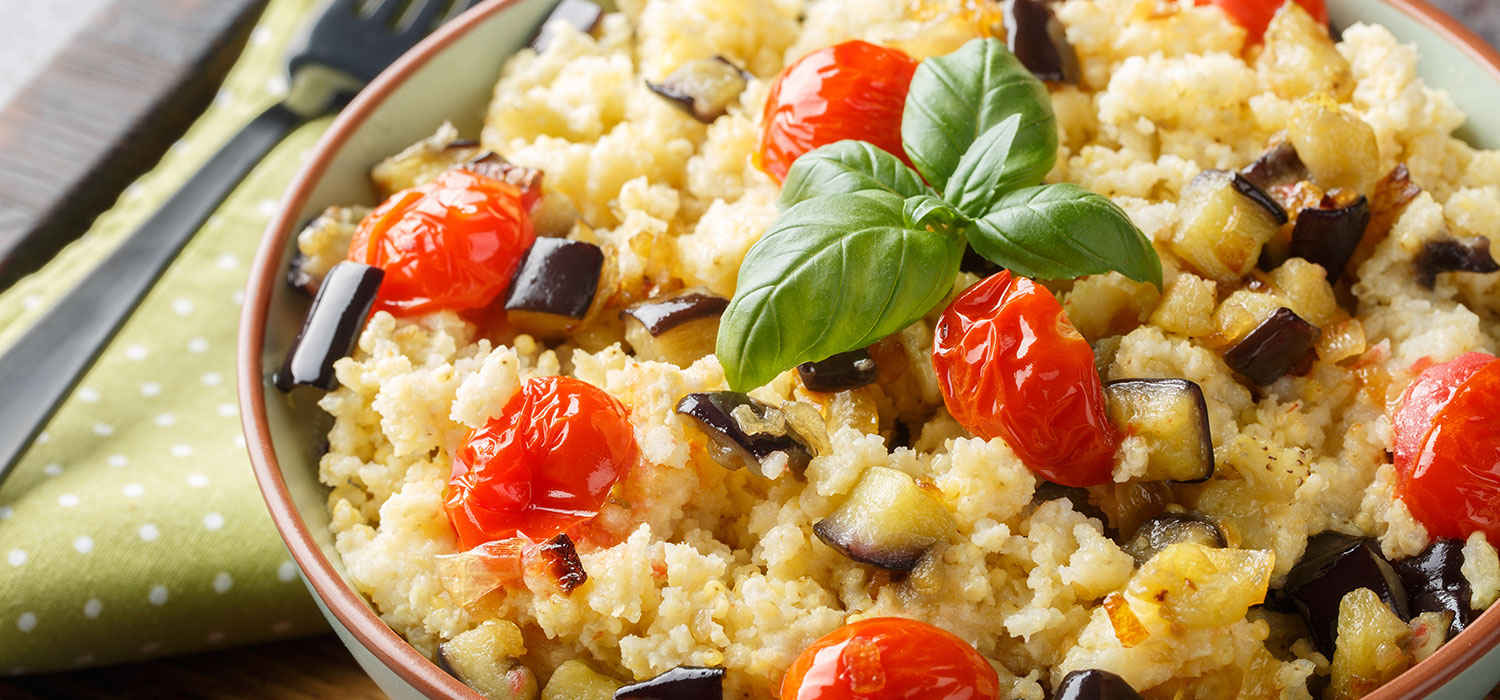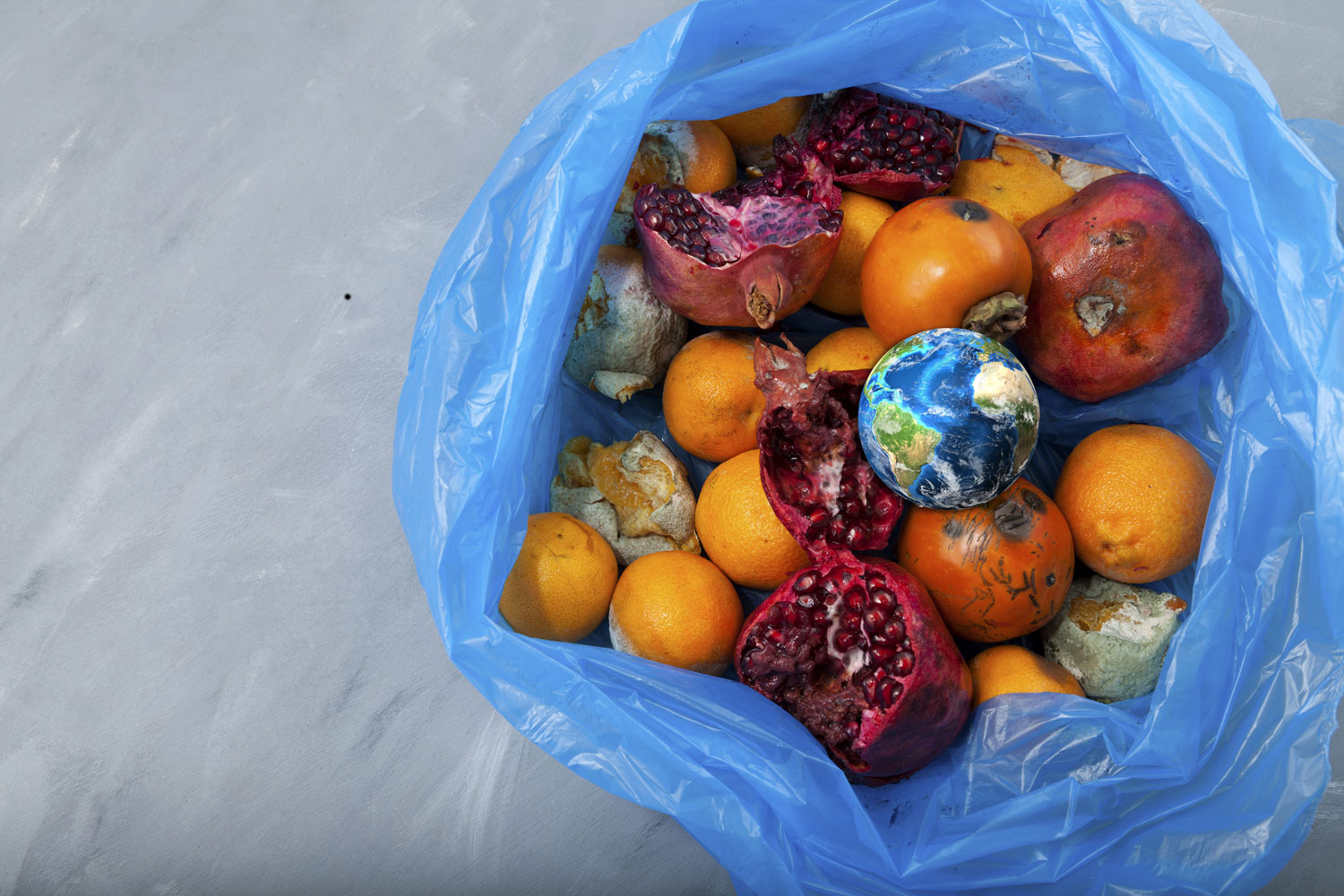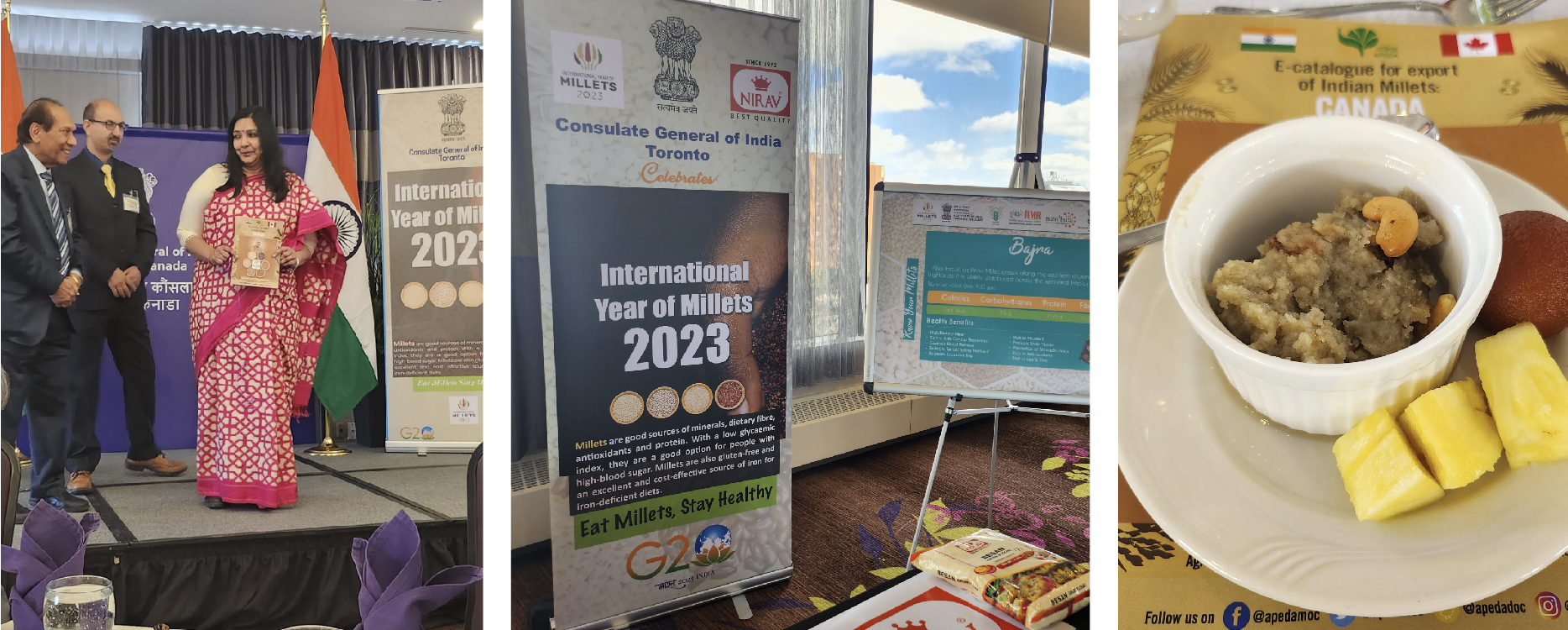
Five reasons to love millet
The Food and Agriculture Organization (FAO) of the United Nations has declared 2023 the International Year of Millets. Millets have been grown in the Indian subcontinent for 5,000 years. The term millet is derived from the French word mille which means thousand, implying a handful of millet can hold up thousands of grains. They have numerous attributes for farmers to consumers. Therefore, let’s explore my five reasons to love millet.
Climate friendly
All varieties of millets are climate resilient crops and have tolerance to extreme weather conditions. Also, millets are well suited to growing in hot and dry climates and can withstand drought conditions. Additionally, they are cultivated in low-fertile land, tribal and rain-fed and mountainous areas.
Economical

According to the Consulate of India in Toronto, due to their short growing season, millets can develop from seeds to ready to harvest crops in just about 65 days. This highly beneficial characteristic of millets is of vital importance in densely populated regions of the world. If stored properly, millets can keep well for two years or beyond.
Nutrition
Millet is rich in fibre and plant-based protein, plus it has antioxidants, B vitamins and the minerals iron, calcium and zinc. Millet is a nutritious gluten-free grain with a low glycemic index. Most importantly, a dietary pattern including millets can support digestive, heart and immune health.
Sustainable
In addition to millet being a climate friendly crop, it’s a crop that basically has no disease. It also requires less fertilizer than other crops and its fibrous root system is excellent for preventing soil erosion. Being draught resistant, it needs less water making it a vital sustainable crop globally.
Versatility

Several millet varieties can be used for human food, bird seed and cattle feed. For human consumption like most grains and seeds, it pairs well with just about anything. It has a mild flavour and adds crunch when used as a whole seed. Millet flour can be used alone or in flour blends in baking applications. Similarly, the whole seed and flour can be made into both hot and cold cereals.
Earlier this year, I was invited by the Consulate General of India in Toronto to a networking luncheon reception to celebrate the international year of millets 2023. At the luncheon all the dishes (which were delicious) included millets. According to the Consulate of India in Toronto, millets are considered excellent choices for the baking industry to make millet breads, cookies, muffins and cakes – particularly for gluten-free options.
Final thoughts for the five reasons to love millet
Consumers continue to seek out foods and ingredients that are healthy for them as well as healthy for the planet. Millets are both. From their nutrition and versatility to their climate friendly and sustainable attributes, this gluten-free, ancient grain is enjoying the international spotlight. As a result, it’s the perfect time to try millet in bread, baked goods, cereals and other dishes!
Connect with Jane and her team to partner with your company on upcoming projects and speak at your events including podcasts!
